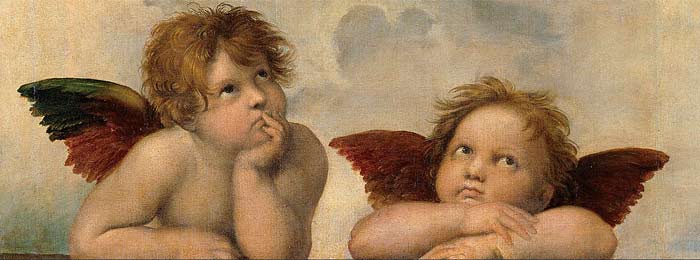Story and questions from Margaret
Considered “the artist” at school, I drew self-portraits and even portraits of classmates in math, I recall! There were no art mentors. I wanted to relieve suffering in the world, and at 17, I saw a pursuit in art as self-indulgent. So I gave myself to medicine.
I gave my life to part-time medical work, raising a family, burden-bearing in my church community, and helping my husband in his businesses.
I still need to work, but five years ago, I could no longer wait for retirement to make art again. I picked up pastels, doing portraits of friends and family. Now I see the ability to skillfully and elegantly portray the beauty of the world and its people as being a profound, wonderful, and uplifting privilege. It is a gift to the suffering world.
The joy of seeing people’s responses as they are touched by my [amateur] work is among my most treasured of life’s experiences. I just now picked up oils, but I realize I’ve missed a foundational step—drawing. I have no time to learn from my own mistakes!
Youth wants to be successful, and NOW, as an older person, I want to be an example to all ages who have a passion for art, to study classical art skills. Even if it’s later in life, it’s not too late. This will be my legacy to my children.
How to advise parents of young [under 10] children where to send them for art lessons? I have already told them – they must learn drawing first. However Australia is still in the grip of the expressionists. A look at our premier portrait prize, the Archibald, as well as the rich portrait prize, the Moran, will illustrate this point.
How to advance from the ‘oohs, aahs, aren’t you clever’ of friends and family to works of a professional level of skill, beauty, and elegance?
Margaret
Dear Margaret,
Thank you very much for your story and questions.
Culture is not inborn; it has to be studied by every new generation to continue. If parents or teachers do not see the difference between different art styles, they cannot pass the knowledge to their young ones. Just telling them “they must learn drawing first” will not necessarily click. Rather than being a must-have skill, drawing is optional in contemporary art.
I don’t think there’s a “magic wand” to reverse things, turning back to classical art and traditional art education overnight, but what every responsible artist can do is patiently and persistently educate those who are willing to listen and provide a good example by creating meaningful and beautiful works of art, showing what art can be.
The way to advance is to be independent of good opinions of others and judge your art not by feedback of non-professionals, but by comparing it to the best works of art ever created. Study what the greatest artists did; learn from such artists as Michelangelo Buonarroti, Leonardo da Vinci, Raphael, Albrecht Dürer, Rubens, Rembrandt, and others.

Set your aims high. As Michelangelo once said, “The biggest danger for all of us is not to set the target too high and fail to reach it, but rather to set it too low, and achieve it.”
Your aim has to be bigger than your life, and it’s okay to fail. In the attempt to achieve your aim, you will get better in your chosen field and inspire others to follow your example.
To your creative success,
Vladimir London
Drawing Academy tutor






If I remember from the past, my memory shows me that Art and Music were the very first curriculum activities to be removed in a time of bugetary problems. Art and Music were considered pass time activities of no real value to the education of children. There was no real and necessary need to continue such programing. In my twelve years of public education there were no real art teachers. Music I cannot attest to.
In the elementary school program the classroom teacher would spend some time on an activity which would always be relative to a core academic subject being studied at the time. I have no real recollection of any actual art class except for the Junior High years and that was the eighth and nineth grade. After that there was nothing. There was nothing to begin with from 1950, my entrance into first grade to graduation in 1963. I had interest in those periods and engaged of my own accord. In 1968, after Military Service I attended a University with Art as my Major. I graduated with my Degree in Art/Art Education but no jobs were available because wthere was the same old budget crisis, schools were not hiring Art Teachers.
The study of Art, Fine Art, Classical Music will have to occur on independent means. I do not see, for America, that art through public means, will ever be an option. I have to imagine that this is how it has pretty much been throughout history. Art willl not be supported publically like science, math and etc. Art and Music will always be second place in the public forum. Of course this is my opinion. There are others which my reflect an opposite view.